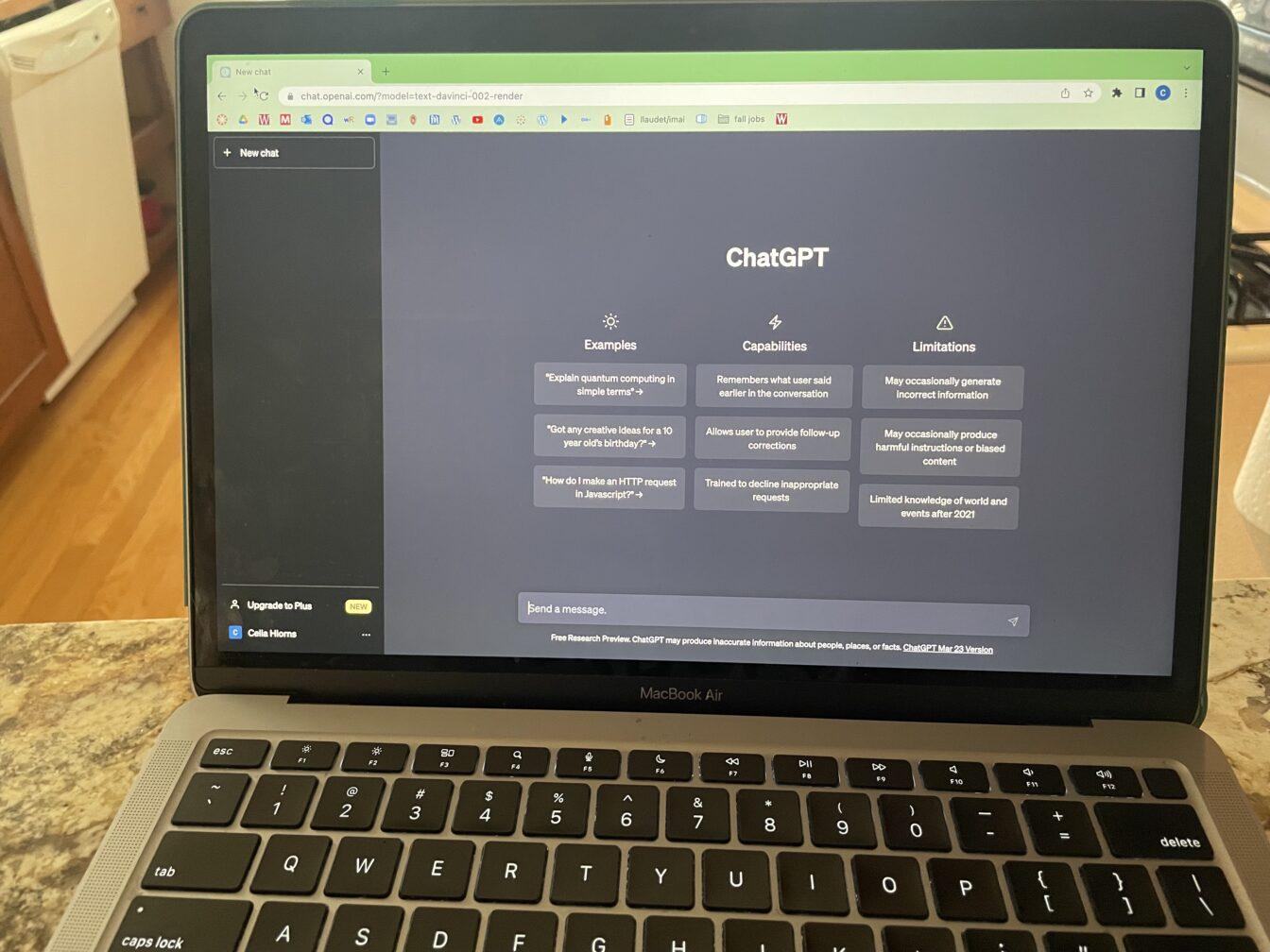Over the last year or so, the rapid rise of artificial intelligence technology has dominated an increasing number of conversations. The introduction of ready-to-use AI has created a web of consequences — positive and negative — in every branch of technology and our lives as a whole. Our workplaces, stores and homes are set to see sweeping changes as a result of automation and data tracking made possible with AI.
Of all the sectors rapidly changing as a consequence of AI developments, the education system is arguably the most consequential. The conversation around how to appropriately prevent and even implement AI in our schools has been ongoing since AI was first introduced.
Understandably, students got word of programs that can write essays for us and started to take advantage. AI is meant to save us from the work we don’t want to do, so surely having it summarize our textbooks and write our thesis statements can only be a good thing, right?
Well, not as much as you might think. The benefits of reading and writing at a young age are obvious, and cutting into the time students spend doing so will take a toll on development, according to a study by the University of Cambridge.
There is a sentiment among the older generations that today’s students are lazier and expect more to be given to them. Individuals often cite the fact that students today are using AI to save time on long readings and complicated problems to defend this narrative.
But can you really blame students?
The fact of the matter is that students feel overwhelmed and having a computer read for them can help them dig themselves out of the piles of work they so often end up drowning in. To be exact, 49% of students feel “a great deal” of school-related stress according to an NYU study of 17-20 year old students.
College-age students also better understand the consequences of relying too much on AI. Programs like ChatGPT can take a math problem or difficult chunk of text and make it simple for us. But, there are consequences for doing so that sneak up on AI users down the line.
When it comes to AI on college campuses, it is important to distinguish that AI is a tool, but certainly not a crutch.
Students who use AI as an assistant perform worse in school, according to a study by the Hechinger Report. Struggling through a tough math problem or reading a dry textbook is any student’s nightmare. But it is a necessary struggle a student must face to learn.
Thinking long and hard about a question or topic and overcoming the tough barriers is often where students do the most learning, and AI all but eliminates those challenges that are important in building resilience and character.
Students who resist the corner-cutting of AI might not be doing their grades a favor, but they will certainly be better off in the long run.
There is a lot still up in the air about AI and how it will be incorporated into society. It is as impressive as it is scary to think about just how powerful we have made these programs. When navigating into the future with this technology, it is important to think about prioritizing ourselves and our goals over the allure of AI.
Steps have been taken in doing so by academic institutions. For instance, teachers are starting to use AI checkers on written assignments. But preventative measures so far feel too little.
Here is what you can do in the meantime: the next time you have an idea for a song or are assigned to write an article, do it yourself. You may put hours into something you care about, and it still might not be as impressive or efficient as what AI can make.
But it will always be one thing — yours.
Ned Eggert ([email protected]) is a freshman majoring in political science.














